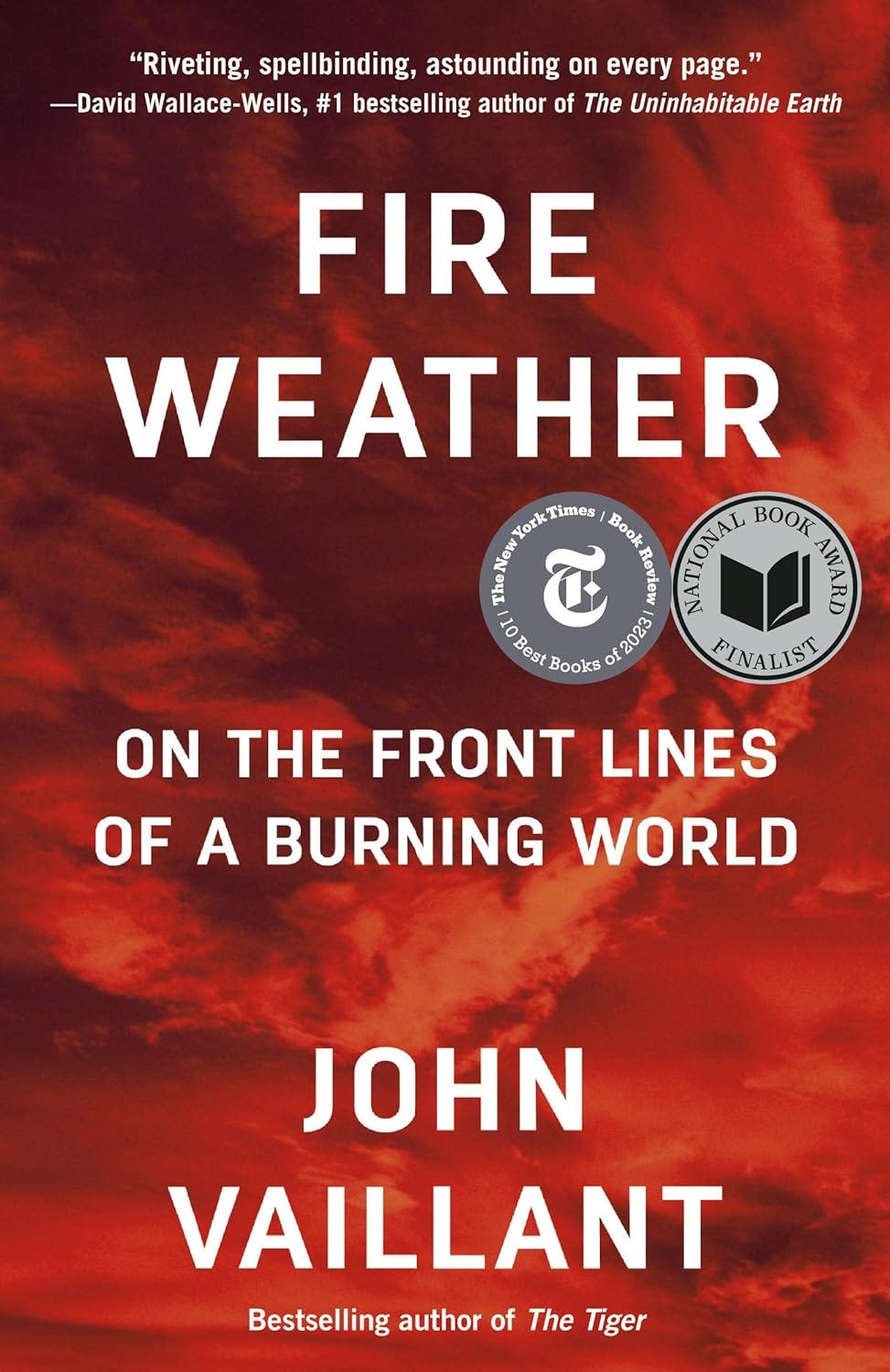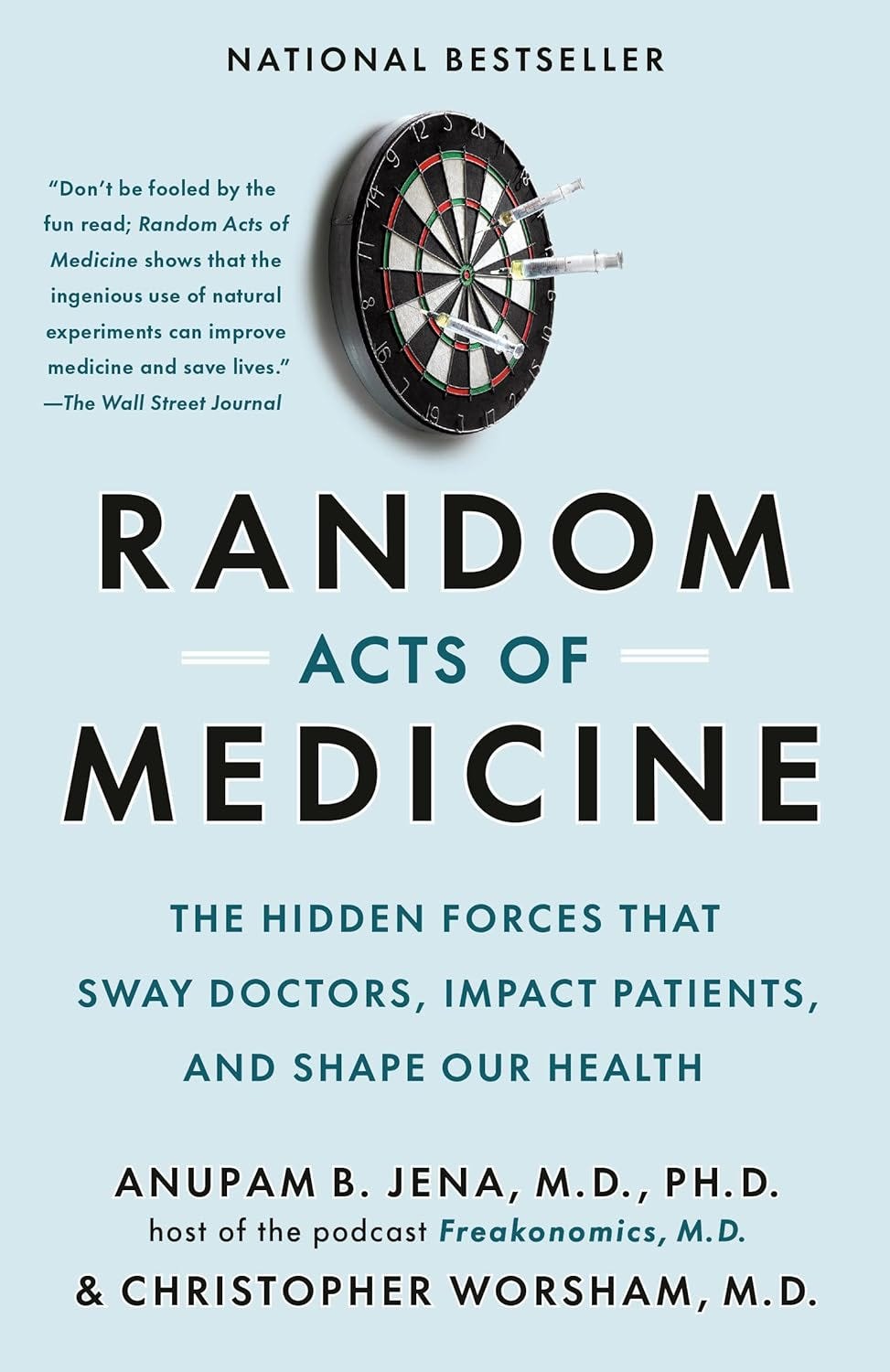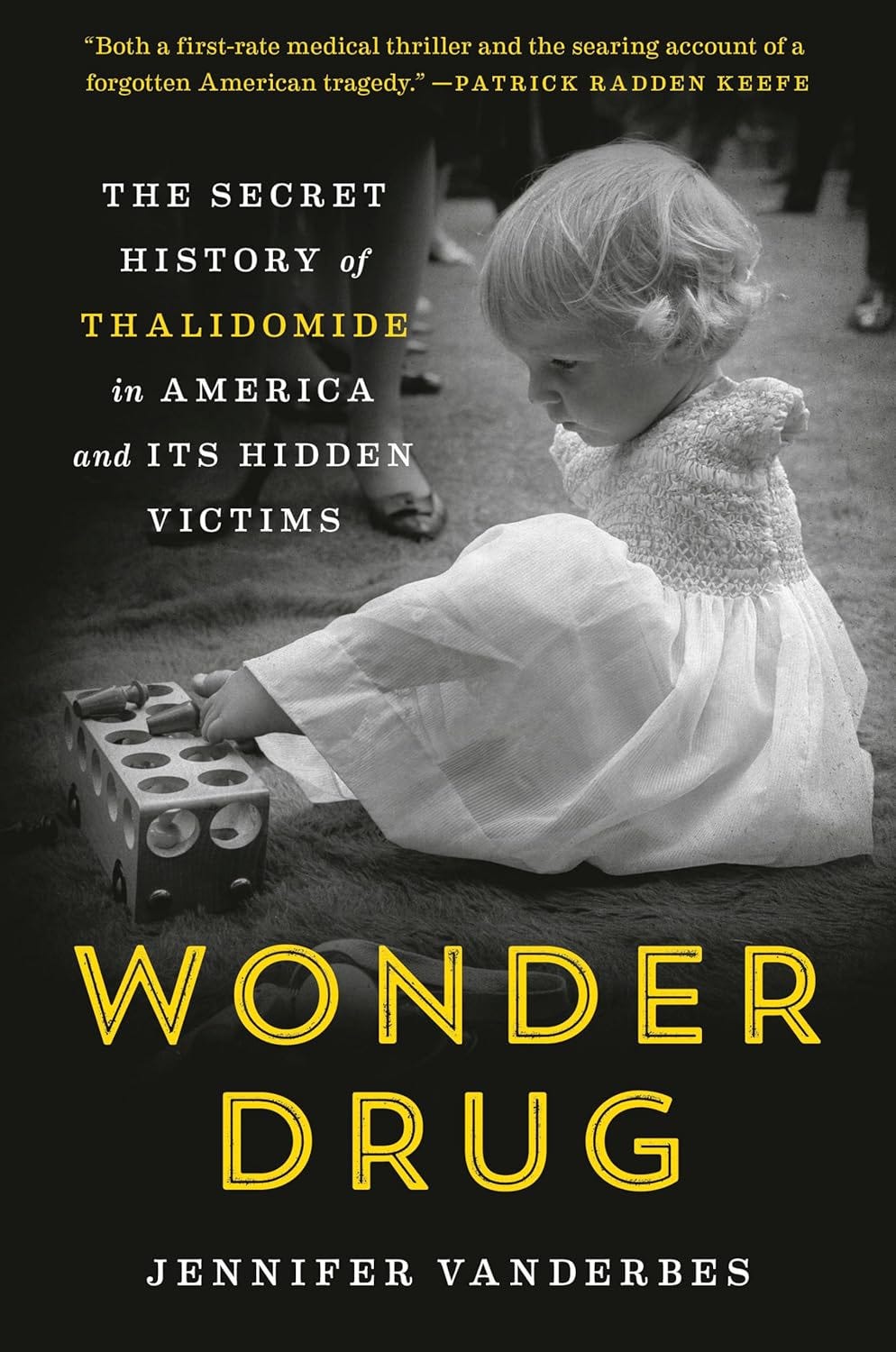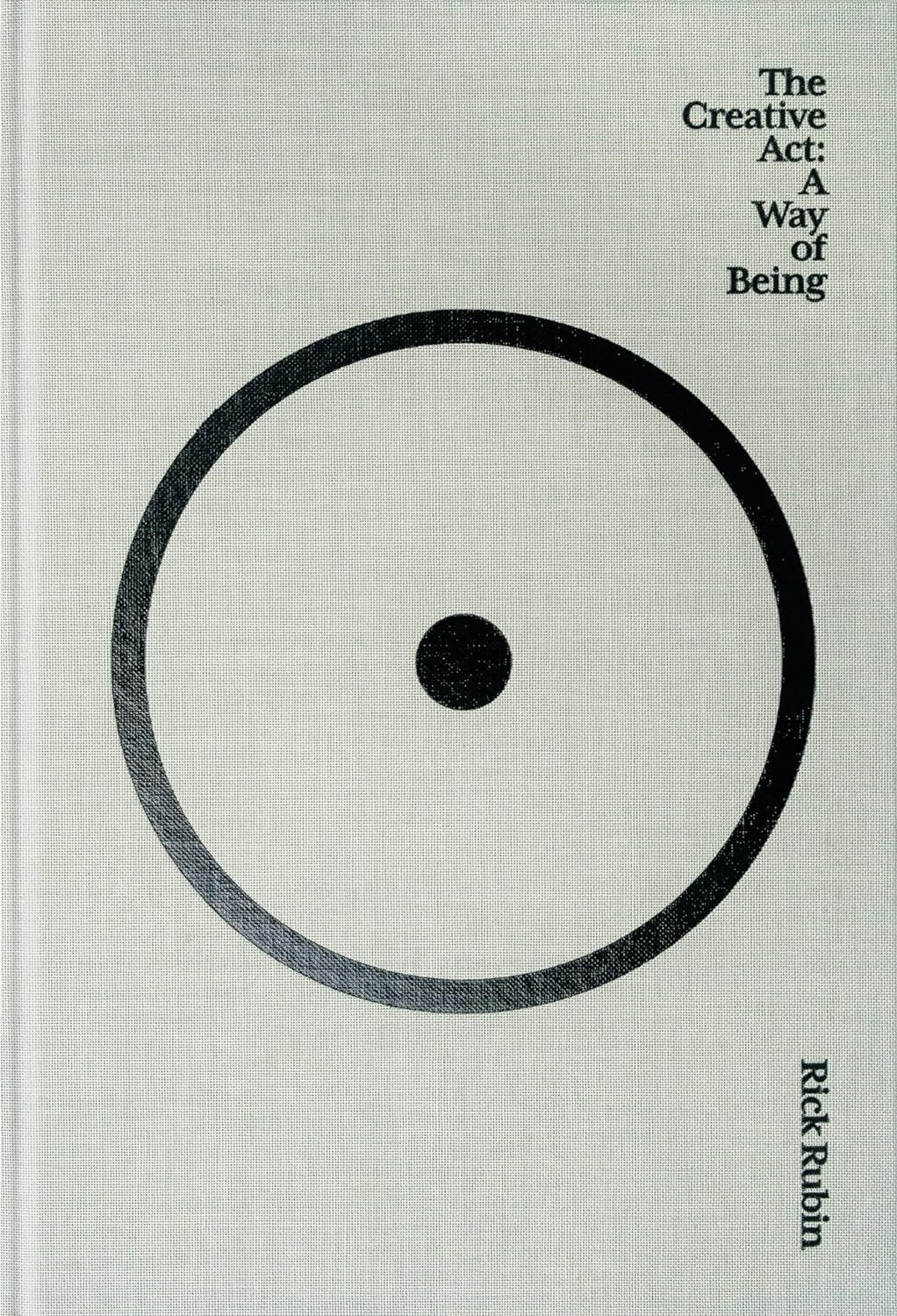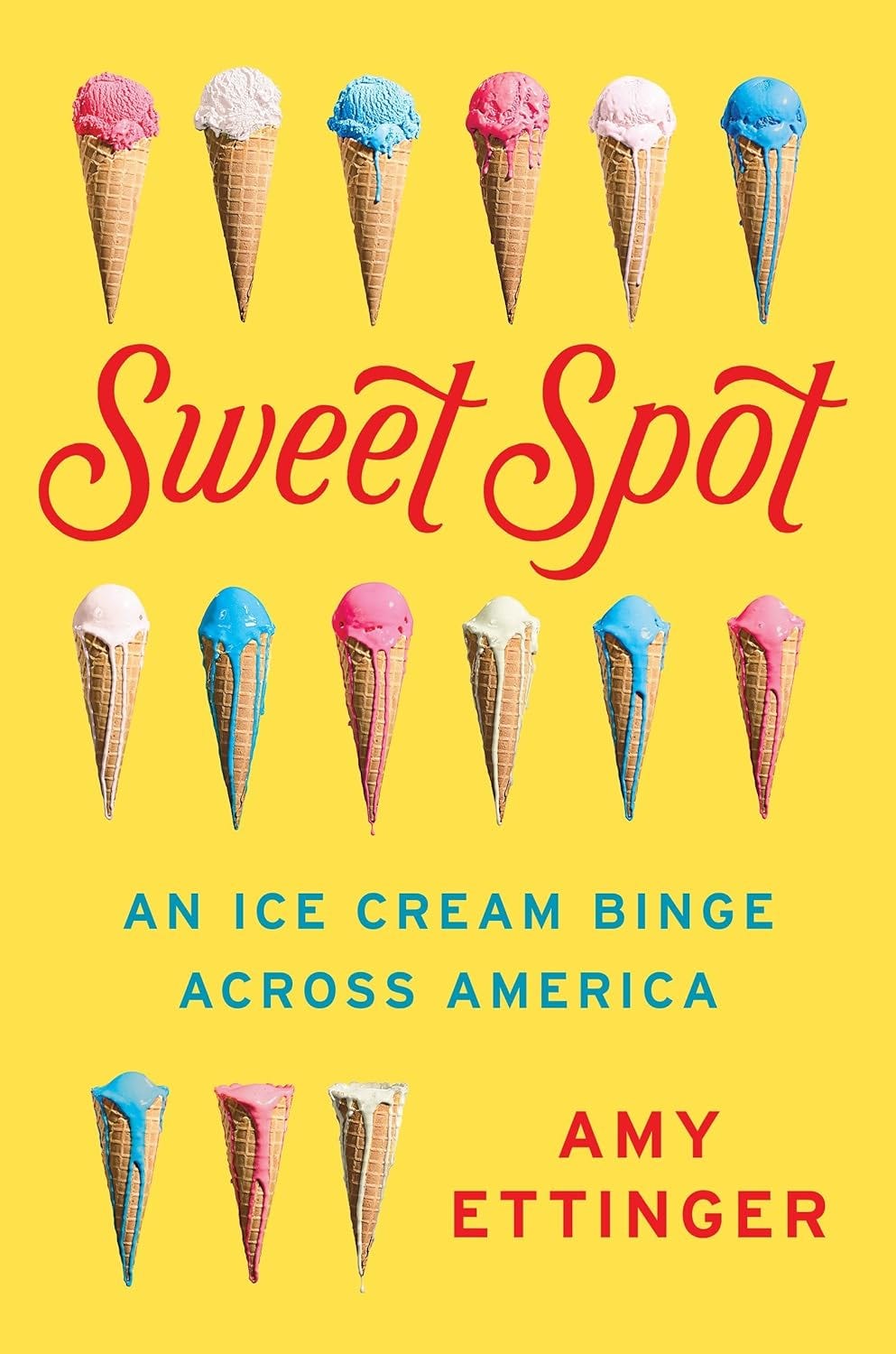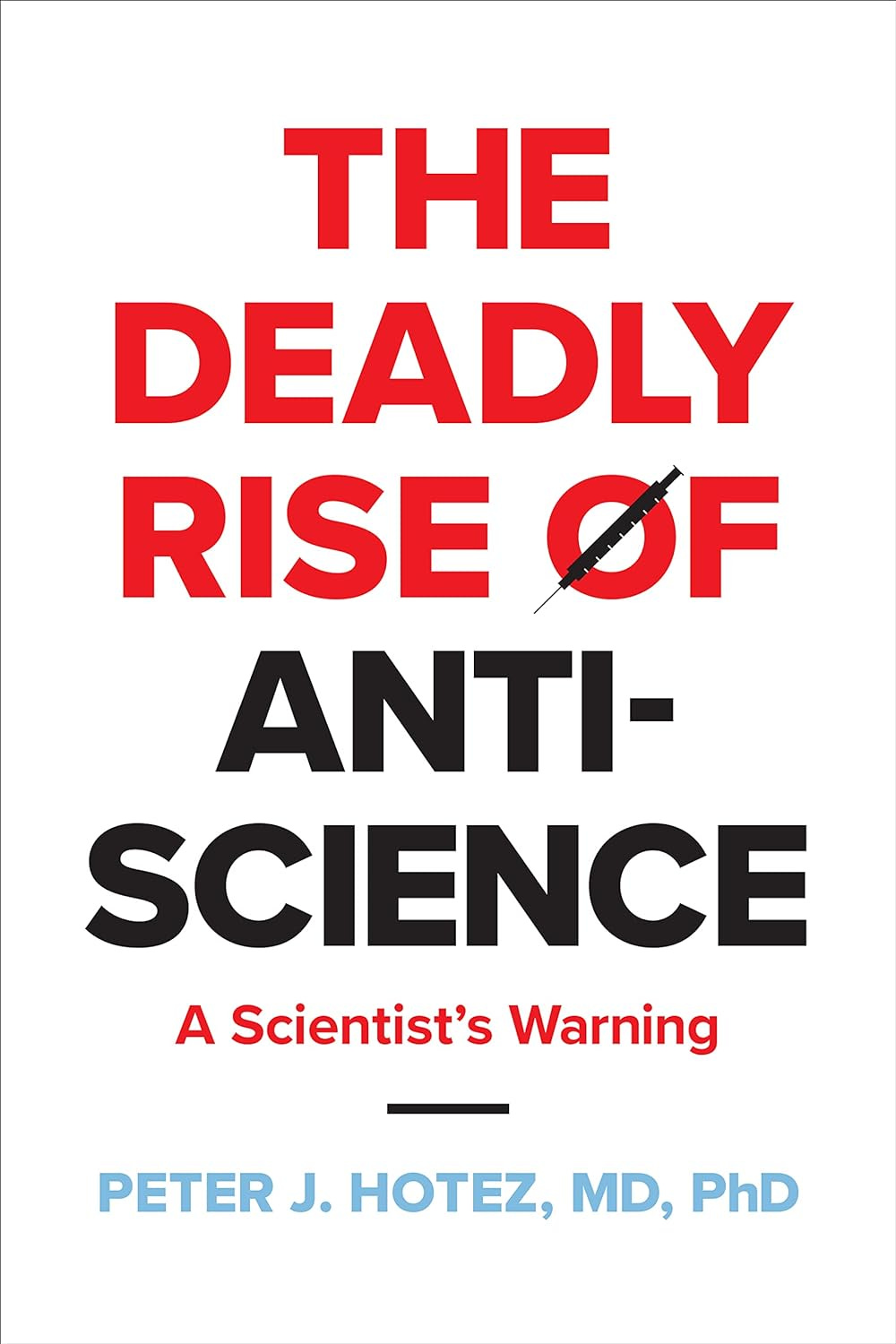Looking once again for some book recommendations for your summer reading list? I’m ready to offer up a few gems that should keep you entertained. As usual, my list is highly weighted towards non-fiction (highly weighted means no fiction books at all). Dive in and see if any of these might appeal to you. For those of you who are wondering about the photo above: this is Oodi, the new central public library in Helsinki. The design of this building is amazing. You can see other photos here.
I only have seven books on the list this year. Yes, I’ve been doing less (book) reading as I decided I needed to devote more time to other activities. This includes volunteer work doing cancer patient support, and I also spend a fair amount of time writing song lyrics (hey, writing is writing, and I like to work in different mediums). Those of you who might be interested in hearing some of my songs (with music provided by a wide variety of artists; I’m only writing the lyrics and making the videos) can check out my YouTube channel at https://bit.ly/lyricsbylyman.
Click on this link if you want to see my master Book Recommendations list (with books divided by subject categories).
Here are this year’s books starting with my top choice:
If you like non-fiction books that are as terrifying as anything Stephen King writes, check out Fire Weather: A True Story From A Hotter World by John Valliant (2023). The book focuses on climate change issues through the lens of what happened in Ft. McMurray, Alberta, Canada, in early May of 2016. Essentially, the city, which is the hub of the Canadian oil industry (it’s located in the tar sands region where bitumen is processed into oil), was threatened and then attacked by a raging forest wildfire. This was not your standard kind of forest fire. It’s speed, reach, and ferocity was truly off the charts. Firefighters hope to contain fires in cities by 10 AM the day after they are reported. This fire went on for weeks, then months, and including the surrounding area took well over a year to bring under control. Energy output of the fire at its peak was surpassing that of the Hiroshima blast every four minutes. Houses were completely consumed by fire in under 30 seconds. Firefighters resorted to having to bulldoze whole blocks of houses in the city to try to slow down the fire. It was so hot that items that were usually left behind, like toilets, were vaporized. Cast iron skillets melted. And since people couldn’t get back into the city for many weeks, all the stored food spoiled (no power) to such a degree that 20,000 refrigerators and freezers that survived the fire needed to be hauled away as garbage. The story of what happened in Ft. McMurray ties in to other stories about horrific wildfires in Australia and California. Why is this all happening? It’s because the Earth is getting hotter, leading to more days when fire weather (i.e. very hot, very low humidity, and with lots of fuel present) leads to catastrophic outcomes. A serious look at why wildfires are expected to be more common, and much worse, as the world heats up. My top-rated book on this year’s list.
Random Acts of Medicine: The Hidden Forces that Sway Doctors, Impact Patients, and Shape Our Culture by Anupam B. Jena and Christopher Worsham (2023). This was a terrific and enlightening book. Essentially it’s an examination of different factors that affect the type of care, and the quality of that care, that patients experience. The authors do a number of studies to uncover these factors, but they are not clinical trials. They start with hypotheses and then figure out ways to test their ideas by tapping into huge databases of both electronic patient medical records as well as those from Medicare and Medicaid. The kinds of questions they ask look like this: are kids likelier to get their vaccines if they were born during certain months of the year (answer: yes). Will you get good care from your doctor if your political leanings are the direct opposite of your doctor (again, answer is yes). Do kids who are 17.99 years old get different treatments than those that are 18.01 years old (that is, a day or two before or after their birthdays)? Again, the answer is yes, and the same is true for those who are 69.99 years vs. those that are 70.01. Will you get as good care if you have a heart attack when many of the cardiologists are a national convention compared to when they are back in their offices? Again, yes. It’s fascinating how the authors figured out ways to test these ideas, and what the data revealed. Not all medical questions can be tested via the gold standard double blinded placebo controlled trials, but they sometimes can be answered with other approaches. An entertaining and highly recommended read.
I’ll also give another strong recommendation to Wonder Drug: The Secret History of Thalidomide in American and Its Hidden Victims by Jennifer Vanderbes (2023). Many people are aware of the fact that thalidomide is a drug that causes severe birth defects (phocomelia) in children born to mothers who took the drug early in pregnancy. These children were sometimes born missing arms and legs or fingers, or with hands attached to short stumps. There were thousands of cases across Europe, with most cases being in Germany where the drug was developed. The drug had been licensed for sale for treating morning sickness (and a host of other symptoms) in a number of European countries back in the late 1950s. Photos of these children were widely seen across the world after a photojournalism essay was published in Life magazine. As evidence accumulated that the drug was teratogenic (causes birth defects), it was withdrawn from the European market. The drug was never licensed for sale in the US because of the heroic actions of Dr. Frances Kelsey, who reviewed the drug application and found it lacking in a number of ways (especially safety data). She refused to approve the drug despite being subjected to tremendous pressure by the company wanting to sell the drug as well as some of her colleagues at the FDA.
This story has been told a number of times (Kelsey was awarded a medal by President Kennedy for her work), but this book focuses on two issues that many people who follow the thalidomide narrative are still not aware of. One is that in addition to causing birth defects, thalidomide also caused peripheral nerve inflammation in a number of people. Sometimes that disappeared when the drug was discontinued, and other times it was permanent. The primary focus of the book is on how millions of doses of thalidomide were distributed and given to patients in the US in the setting of “clinical trials.” I put clinical trials in quotes because what was done was not anywhere near the standards of how clinical trials are done today. A network of doctors was recruited to essentially give the unlabeled pills to their patients with the request that they simply report back on how it made their patients feel. Virtually no patient records were kept, and a majority of women were never told that they were taking a drug that (1) was NOT approved by the FDA, and which (2) had undergone what can only be described as a minimal amount of shoddy safety and efficacy testing. It’s really a case study in how not to run a clinical trial or develop a drug. Yes, children with phocomelia were born in the US, but many children may have been born in the US with other thalidomide-induced birth defects aside from this most famous one. The book concludes with a look at how those children born with serious birth defects in the late 50’s and early 60s are doing today. The company in the US that distributed the drug was never held criminally or financially accountable because the drug hadn’t been sold here. A riveting story about a recent American tragedy.
I’ll give a marginal nod to Rick Rubin’s The Creative Act: A Way of Being (co-written with Neil Strauss) (2023). It's all about the creative process. It’s not focused exclusively on music, although that is the author's main area of expertise, and a subject of great interest to me. It's a very lengthy series of brief insights and suggestions (many pages have no more than 25 words of text), and I think of it primarily as an encouragement guide for young artists. It’s one of those “read and reflect” kind of books, and the stories in it are deliberately kept vague. I suspect that many people, just from their own life experiences, are already very familiar with many of the lessons contained in it, so I'm not sure it's worth my recommending it. Young people who are still in a phase of self-examination and discovery might find it useful. If you can check it out of a library, you might find it of interest.
I found The Psychology of Money: Timeless Lessons on Wealth, Greed, and Happiness, by Morgan Housel (2020) to be a fascinating book. It’s not really a book about personal financial planning. Rather, it takes a macro look at how the economy of the US developed over the last century and the events that drove economic change. What this reveals is that we can expect that we will continue to experience unexpected events; things that are not really in our capacity to predict. These events (GI bill after WWII; Arab oil embargo; Sept. 11th attack) turn out to create major changes in the economy. As a result, the author suggests a few major principles for building wealth over the long term. One is to take advantage of the power of compounding and invest for the long haul. I learned that the bulk (>96%) of billionaire Warren Buffet’s vast fortune was acquired AFTER he turned 65 (it pays to live a long time due to compounding). The book also discusses that earning wealth is not the same thing as keeping wealth, with some good examples of billionaires who went bust and lost it all. The main thing that money buys you is the freedom to use your time however you choose. Insightful, entertaining, and a quick and easy read.
If you’re looking for something a bit less serious, check out Amy Ettinger’s Sweet Spot: An Ice Cream Binge Across America (2017). It’s pretty much just what the title promises: a look at the styles, stores, and sellers of frozen desserts. The book isn’t limited to ice cream. Also covered are frozen custards, gelato, and frozen yogurt. It’s an informative narrative, especially if your go-to dessert is of the frozen kind. One of things that I hadn’t appreciated was that even with a number of small specialty ice cream shops, nearly all of the ice creams made in the US are made from the same commercial base that they all buy. What this means is that the key differentiator of ice creams is simply the mix-ins that ice cream purveyors use to create their unique flavors. And there are some interesting flavors that have been made over the years. Oyster. Asparagus. Vanilla with mixed-in insect parts. And not all of these frozen treats are made from cow’s milk. The author’s favorite variety of gelato (most forms of which are also made from commercial mixes) is made with milk from water buffaloes. Ettinger is definitely not a fan of frozen yogurt, which was trendy decades ago and led to a big shakeout of retailers. Some of the most interesting stories focus on the territorial battles in big cities between ice cream trucks. These disputes can and have led to physical battles. You’re going to have a big problem if you try to sell ice cream out of your truck in many parts of Philadelphia. If you like ice cream, you’ll have a fun time reading this book.
I’m afraid that I can only offer a mild recommendation for Peter Hotez’s The Deadly Rise of Anti-Science: A Scientist’s Warning (2023). Dr. Hotez is a professor of pediatrics and molecular virology and microbiology as well as the founding Dean of the National School of Tropical Medicine at Baylor College in Houston, TX. He is also co-director of the Texas Children’s Center for Vaccine Development. He’s someone that I greatly admire because of his continuous efforts during the pandemic to challenge anti-vaccine claims AND for his efforts to independently create a new, cheap to manufacture vaccine for COVID-19 (CORBEVAX) that is being made in India for countries that can’t afford the other vaccines. Dr. Hotez was a familiar face just about everywhere (on TV, online, in print) during the pandemic, urging the public to get the vaccine, and explaining why the propaganda that was circulating about the vaccine was false. All of his efforts came at a great personal cost as he was endlessly harassed on social media, ridiculed by Fox News, insulted by anti-Semites (because he’s Jewish), and the recipient of numerous death threats. The book covers the descent of the Republican party into a group that became anti-science beginning around the mid 1960’s. This book looks at this anti-science bias briefly on some topics (e.g. climate change), but the primary focus here is mostly on vaccines. Hotez documents how the right wing turned its back on the life-saving COVID-19 vaccines for political reasons (which Hotez indicates led to the unnecessary deaths of 200,000 Americans). “Medical freedom” rose up as a rallying cry on the right and really had life and death repercussions. He explains how conservative media (especially Fox News) are responsible for cheerleading this anti-vaccine and anti-mask conversation. Dr. Hotez has previously written about how vaccines do not cause autism, and he had a special reason for doing so. His daughter Rachel is autistic. Anti-vaccine sentiment is currently spreading across the world, and this has already resulted in increased outbreaks of diseases (e.g. measles) that had previously been eliminated in certain areas by vaccines.
The problem with the book is that it could have used a lot of editing. Topics such as Fox News, the numbers of people who died from COVID, and his efforts to create a COVID vaccine for poorer countries are scattered multiple times throughout the book. Each deserved its own chapter, but should have been dealt with only once. The history of science under authoritarian regimes is only touched on at the lightest level. More detailed examination of these stories (which have been covered in much greater detail in other science history books) would have made this more interesting. The book meanders in and out of current events with no central map to guide its journey. It’s simply too cursory a look at a very important topic. Having said that, with all that he has on his plate, it’s amazing he was able to get the book done at all. When the history of the COVID-19 pandemic gets written, Dr. Hotez will no doubt deserve to be one of the greatest heroes, along with Dr. Tony Fauci.





